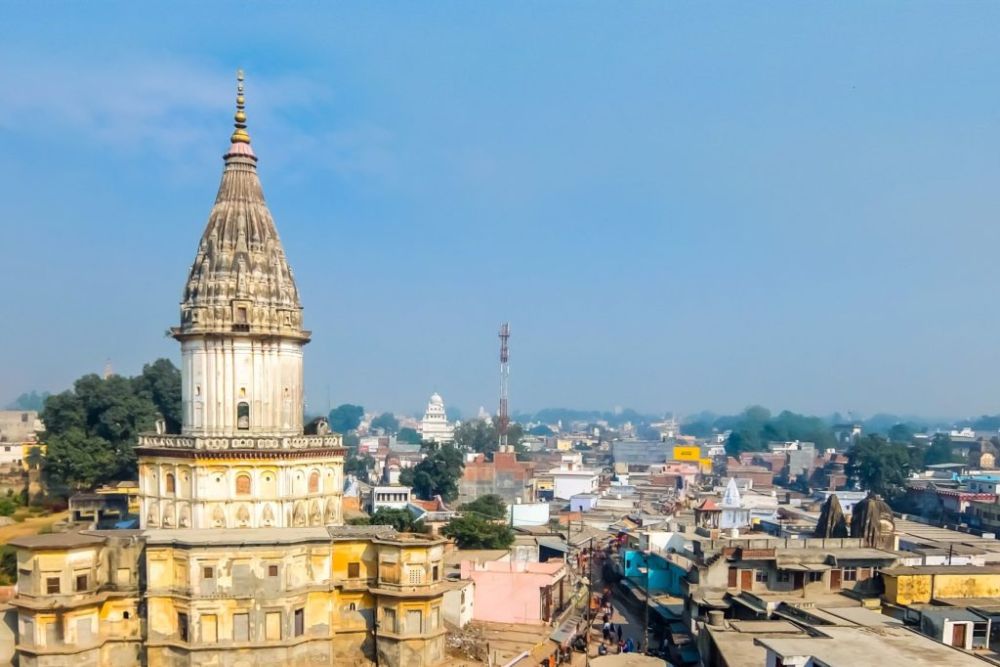

Situated in the heart of Ayodhya, Uttar Pradesh, the historical city that is often associated with the epic Ramayana, Raja Mandir stands as a significant landmark. Although lesser-known in comparison to the grand narrative of Ayodhya's Ram Janmabhoomi, the Raja Mandir still holds immense cultural and historical value for pilgrims and history enthusiasts alike.
The genesis of tourism in Ayodhya can be traced back to the ancient times when it was regarded as a sacred place for Hindu pilgrimages. As the birthplace of Lord Rama, Ayodhya has always seen a stream of visitors and devotees. Through the centuries, various rulers and governments promoted the city as a center of religious tourism, further embellishing its temples and public spaces.
In more recent history, Raja Mandir became a part of the tourism map of Ayodhya. The temple, though not as ancient as some of the other structures in the city, carries with it a more modern historical import. It has seen growth in visitor numbers as part of the broader spectrum of tourism development in the region.
As of the latest trends, Ayodhya is significantly growing in stature as an international tourist destination. Following key developments and the construction of the new grand Ram temple at the Ram Janmabhoomi site, there has been a renewed interest globally. The government's push for improving infrastructure and connectivity has made Ayodhya more accessible, inviting a diverse range of tourists.
Eco-tourism and sustainable travel practices are becoming integral to Ayodhya's development plan, with more emphasis on minimizing the ecological footprint of tourism. Additionally, with the advent of digital marketing and increased reach through social media, Ayodhya’s and Raja Mandir’s presence in the digital world is higher than ever, making it a hotspot for those looking for historically rich and spiritually significant destinations in India.
The promotion of cultural festivals and events, such as Deepotsav during Diwali, highlights Ayodhya’s spiritual legacy and has seen a spike in tourism. The experiential aspect of tourism is also gaining popularity, with more visitors looking to immerse themselves in the religious and cultural practices unique to Ayodhya.
When visiting Raja Mandir, travelers can expect to be enveloped in the city's peaceful atmosphere, walking amongst structures that narrate tales from an age-old civilization. The temple itself might be modest in comparison to the rich tapestry of Ayodhya's religious framework but is nonetheless a significant part of the city’s cultural fabric. Visitors often combine their visit to Raja Mandir with other sites such as Hanuman Garhi, Kanak Bhawan, and the under-construction Ram Temple for a full spiritual circuit.
Ayodhya and Raja Mandir, with their deep-seated religious and cultural narratives, continue to draw in the curious, the faithful, and the wanderlust-driven traveler. The historical roots and modern developments make it an essential destination for those looking to explore India’s rich heritage, ensuring that its tourism trajectory soars higher year by year.